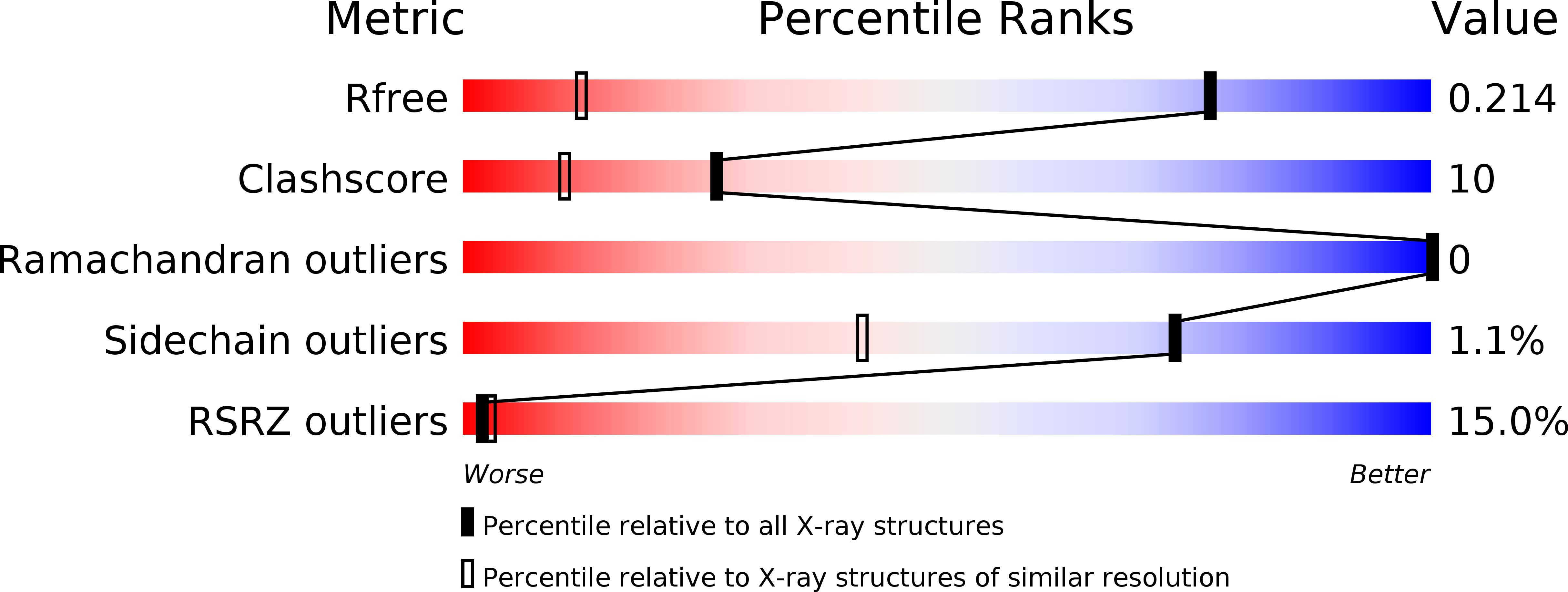
Deposition Date
2017-04-21
Release Date
2018-05-30
Last Version Date
2024-05-08
Method Details:
Experimental Method:
Resolution:
1.20 Å
R-Value Free:
0.21
R-Value Work:
0.20
R-Value Observed:
0.20
Space Group:
P 1 21 1


